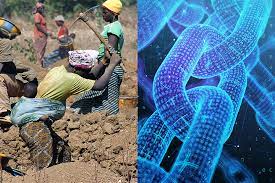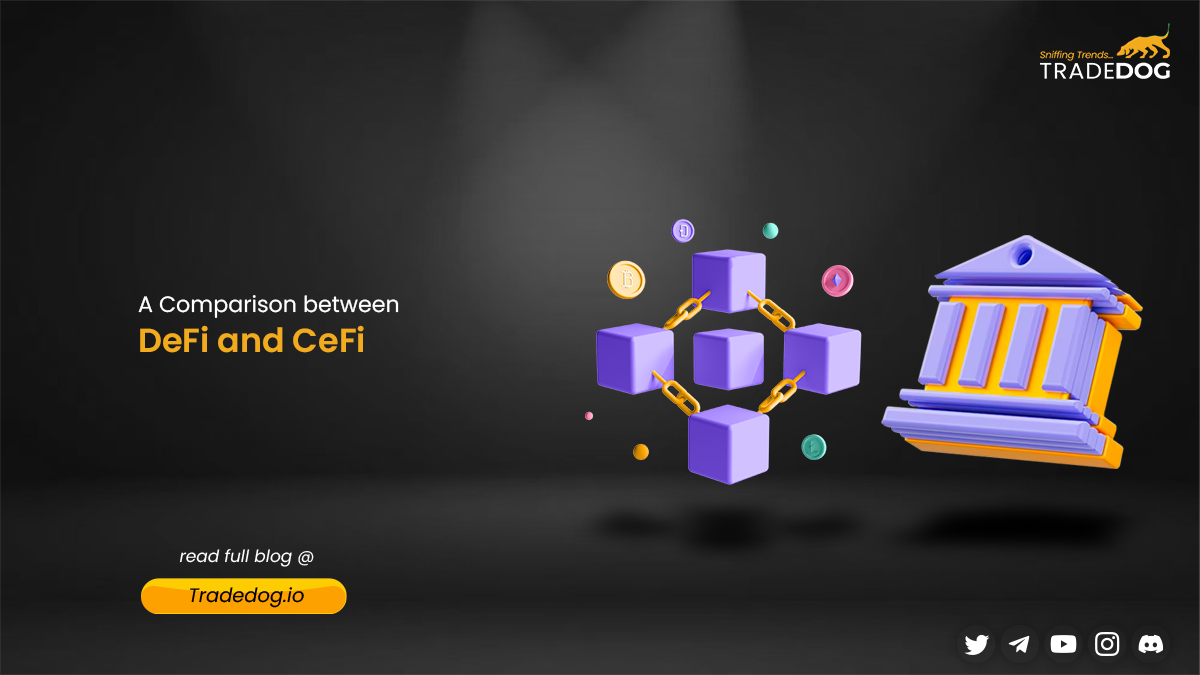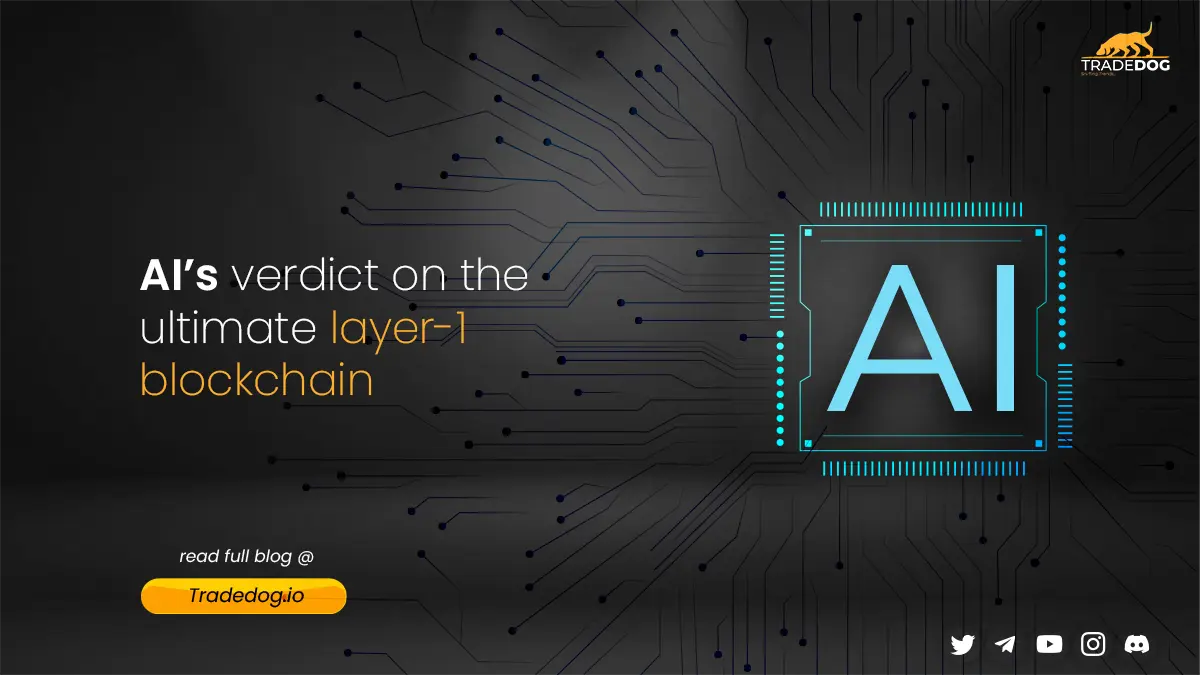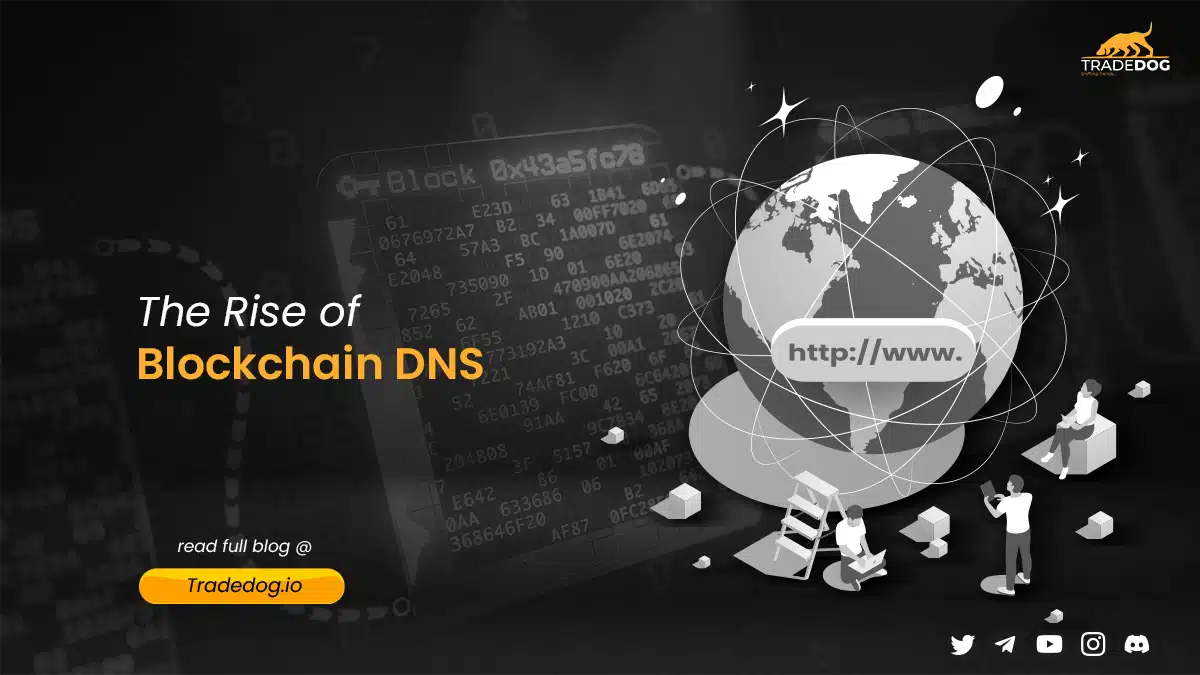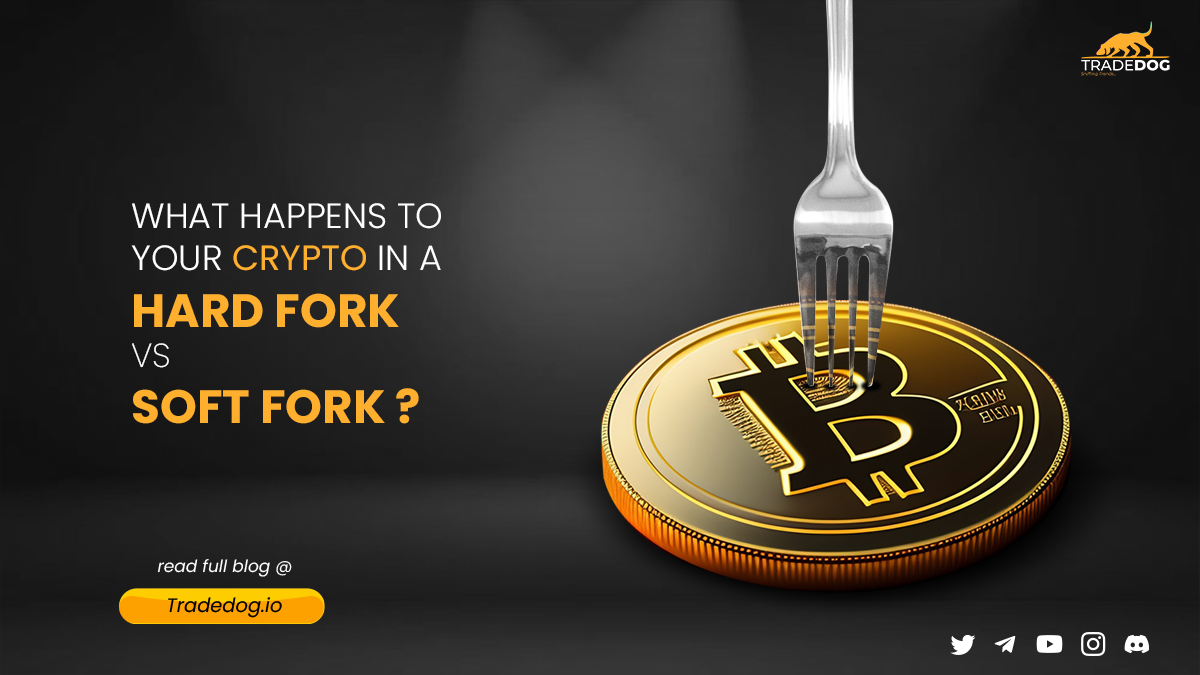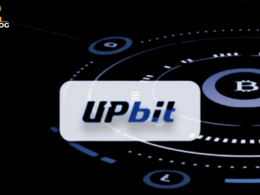Blockchain technology is increasingly being employed in the mining industry to give assurance, transparency, and traceability throughout the supply chain for raw materials. Businesses can track the metals and mining supply chains for transparency in carbon emissions, water consumption, human rights abuses, and finances because of blockchain technology’s transparency and traceability.
What is Blockchain?
Using distributed ledger technology (DLT), two parties can securely and transparently exchange assets and information anywhere in the world. One sort of DLT is called blockchain, which is described as “a time-stamped succession of immutable record of data, administered by a cluster of computers not owned by a single company.”
Blockchain uses automated, secure, and low-cost digital transmission to move information from a starting point to an ending point. In other words, once information is put to the blockchain, it cannot be changed without the network’s approval.
Blockchain functions as a sort of digital ledger of transactions that is accessible to all connected computer systems. Since it enables the creation of one-of-a-kind digital things that no one can alter, it was initially developed to ensure trust in financial transactions.
Problems with Mining Industries
According to some reports, globally, an estimated 20 million people engage in illegal mining. In Colombia, 66% of alluvial gold mining is illegal. A multibillion-dollar industry, illegal mining and the trafficking of precious metals have serious negative effects on the environment and society, including the exploitation of forced labour, and environmental degradation. Illegally mined minerals can easily be reintroduced into legitimate mineral supply chains due to a lack of transparency and traceability initiatives. Due to the complexity of these supply chains and the significance of specific minerals to national governments’ strategic goals, measures aimed at preventing illegal mining are absent or nonexistent.
Solution – Blockchain
There are many ways through which blockchain technology can create positive impact on mining industries –
- Blockchain technology makes transactions traceable during the difficult procedures of managing regulations and standards, assuring trust and work compliance, and can be used in the engineering, construction, and handover of mine sites.
- Blockchain can be used to track materials in the mining value chain from the blocks to the concentrate, to metal (aka gold bars, copper plating, etc.). This can be shown in stepwise values for the provenance to the final customer
- Blockchain could lead to the automation of invoice reconciliation. Ore is assigned a quality certificate and the customer sends it for lab testing for reassurance. There may/may not be a dispute over the ore quality and price. This whole process can be automated using Blockchain technology
- The documentation produced during the exploration, resource/reserve estimation, mine design, and planning stages must be managed by mining corporations. With proof integrated within the documents that have received permission, they want to strengthen the system of custody and control. Blockchain would enhance inventory traceability for resource/reserve inventory management as well as the traceability of reserve estimation for stock market reporting.
The use case of blockchain technology in mineral mining can be easily understood through the diagram below
It is evident from the chart that as the minerals are extracted from the ores; the data regarding the quantity and ownership is stored in the 1st block, which is followed by adding certificate details to 2nd block. As the minerals reach the second country’s border, the details regarding the bill of lading are added to another block, and so on until the mineral reaches the end user.
Blockchain Improving Sustainability in Mining
Apart from tracing material, blockchain technology can also be used in helping mining firms meet their sustainability goals. This can be understood by an example of cobalt mining in congo which is often referred as “the blood diamonds of this decade”.
Lithium-ion batteries include cobalt, but the cobalt mining business has a long history of employing child labour and putting kids in hazardous mines.With cobalt making its way into electric vehicles and cellphones, blockchain technology will soon be used to track cobalt produced in the Democratic Republic of the Congo.
Manufacturers will soon receive assurance that the cobalt they acquire was not mined using child labour thanks to the pilot initiative, which will be introduced this year.
Therefore, blockchain can be a pivotal tool in sustainable mining supply chains due to its ability to track the financial, environmental, social and regulatory criteria of a project from the moment an operation begins to when an end user has the product in hand.
Case ~ IBM Blockchain solution for Cobalt Mining
As the demand for cobalt is increasing with the increase in demand for electric vehicles, production needs to cope. Also, as mentioned earlier, the cobalt mines are exposing children to toxic material on daily basis. To address that, IBM has introduced two blockchain-enabled projects purpose-built for the mining industry.
- The first one is introducing giant companies like Ford and LG Chem to the blockchain network, which aims to bring more transparency and traceability to mineral mining. This initiative was taken to prevent child labor in cobalt mines, which was mentioned earlier in the article. To know more refer to the blog
- The second is a partnership with MineHub Technologies, a business building an online platform with blockchain technology to assist in reducing paper documentation and manual processes in the mining and metals industry, from the mine to the end consumer. Greater transparency and cooperation in the mining supply chain as a result should result in cost savings, enhanced security, and accelerated downstream movement of minerals. The initial use case, which is presently being developed on the MineHub platform, controls the ore’s journey to the market from Mexico’s Penasquito Mine, owned by GoldCorp.
Conclusion
Although the future of blockchain and the digital economy are still uncertain, it is apparent that there are compelling use cases for the mining, metals, and related value chains. The technology is developing swiftly. Early adoption and experimentation will at least, better prepare organisations for what is expected out of business technology in the future, but they may also create ground-breaking new frameworks for managing sustainable, global commerce flows. As sustainability solutions are needed in the future, big tech companies will be using blockchain to solve problems. It’s good for the sector that mining businesses are shifting their priorities to include sustainability, openness, and transparency by utilising blockchain technology. Although some international mining corporations are testing the technology, adoption is currently limited and is still in its infancy.





